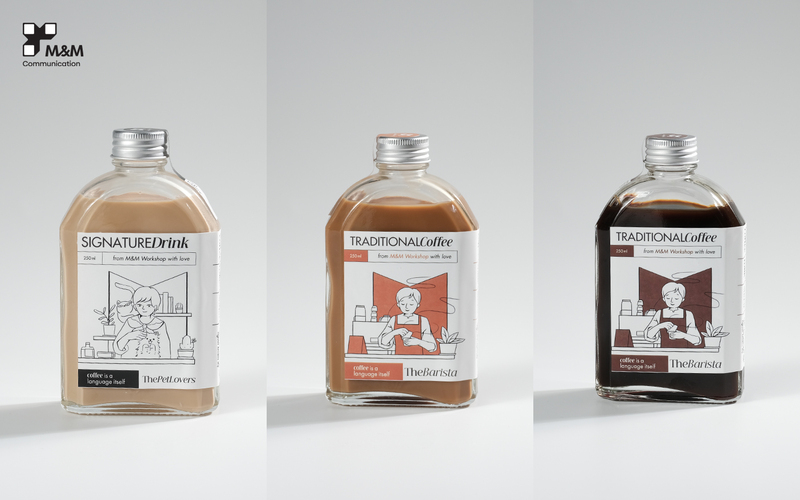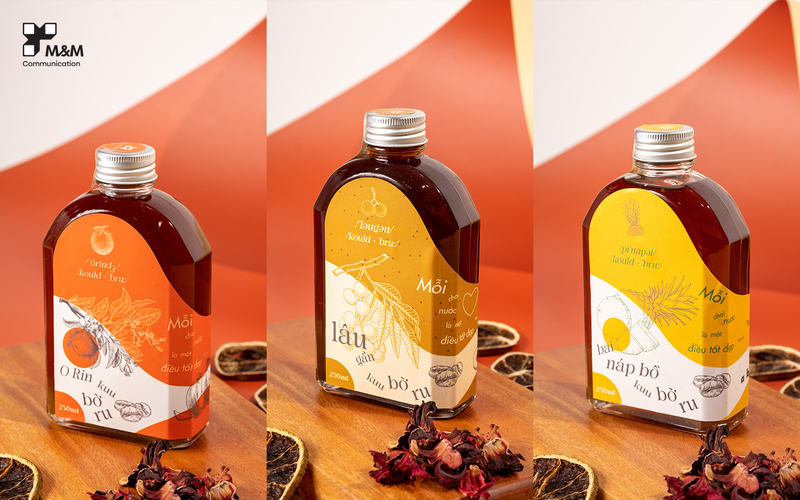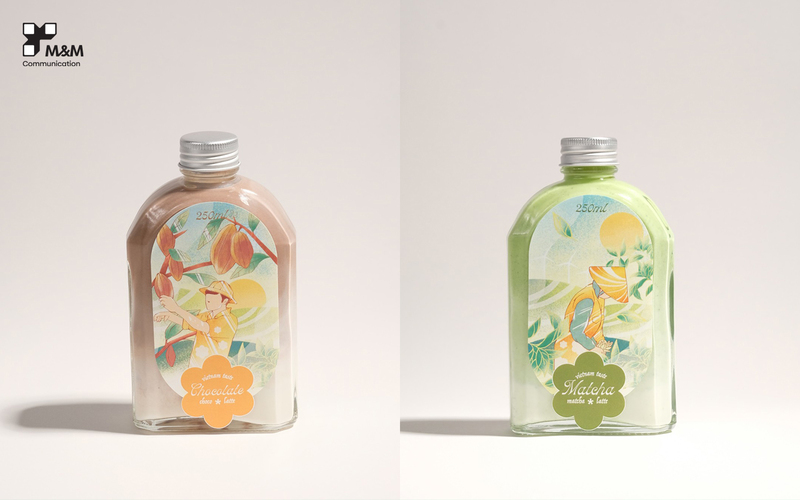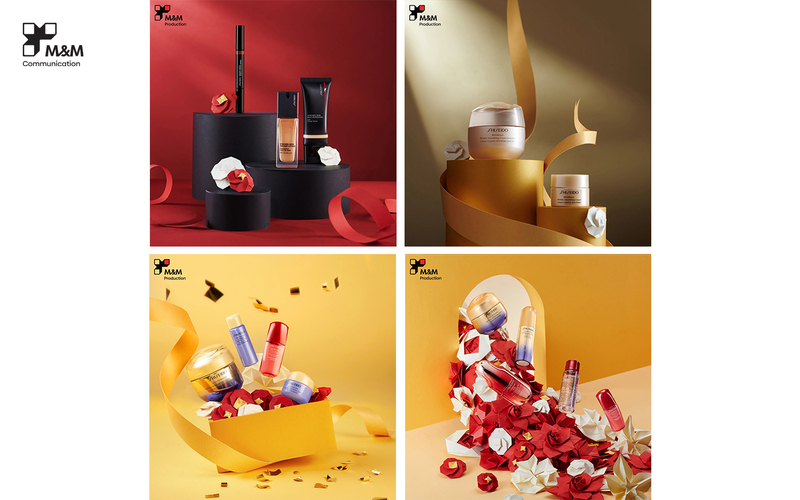
WHITE BACKGROUND AND CONCEPT PHOTOGRAPHY - DIFFERENCES AND EFFECTIVE APPLICATIONS
Photography is an art that combines technique and creativity. In this field, white background photography and concept photography are two popular techniques, each offering unique benefits and applications. This article will help you understand these two photography techniques, their differences, and how to apply them effectively.
White Background Photography
White background photography has become a standard in many fields of photography, from commercial products to portraits. A white background provides elegance, simplicity, and allows viewers to focus entirely on the subject without distractions from background elements. This is especially important in product photography, where the goal is to highlight the product's details and features as clearly as possible.

White background photography is particularly important in product photography
White background photography requires precision and discipline in lighting control. The light needs to be even and free of shadows that might obstruct the subject. To achieve this, photographers often use product light tents, flashlights, or studio lights with reflectors. This technique not only eliminates shadows but also highlights the intricate details on the product's surface.
Moreover, white background photography simplifies the post-processing stage. The white background facilitates easy cropping and editing without color bleeding or detail loss. Consequently, white background photography is the preferred choice of many photographers when creating high-quality, professional images, especially for product photography.
>>> 8 Rules for Capturing Impressive Product Photos
Concept Photography
In contrast to the straightforward approach of white background photography, concept photography emphasizes artistic and creative expression. Concept photography goes beyond merely capturing an image; it conveys messages, emotions, and ideas through the combination of elements such as composition, color, lighting, and props.

Concept photography requires the coordination of multiple elements.
Concept photography often requires meticulous preparation, from brainstorming ideas and gathering props to selecting appropriate settings and lighting. Photographers must have the ability to tell stories through images, creating a scene that the subject can immerse themselves in, making the photo vibrant and captivating.
Elements in concept photography are often symbolic and require careful arrangement. Colors and lighting can be used to set the mood, evoke emotions, or highlight the main message of the photo. Details such as costumes, accessories, and even the subject's posture play crucial roles in creating a harmonious and impressive composition. Thus, concept photography demands that photographers pay attention to many factors.
>>> Things To Note When Photographing Products
Effective Application
In Personal Projects
Both white background and concept photography can be used in personal projects to develop skills and express the photographer's unique style. White background photography helps improve skills in light and detail control, while concept photography encourages creativity and storytelling through images. Combining these techniques helps photographers develop a comprehensive skill set and create unique, impressive photos.
In Education and Training
Photography training institutions can incorporate white background and concept photography into their curricula as essential lessons. Students should be taught how to control lighting, composition, and color to master basic techniques, while also being encouraged to explore creativity and develop their ideas through concept photography assignments. This not only equips students with necessary skills but also inspires and directs their personal styles.
In Commerce
White background photography is the top choice for retail businesses and e-commerce. White background product images allow customers to easily observe the product details, from color and material to design. This not only builds trust but also boosts customers' purchasing decisions. To apply this technique effectively, businesses should invest in professional photography equipment and continuously enhance their photographers' skills.

In Art and Media
Concept photography is a powerful tool for conveying messages and making a strong impression on audiences. Photographers should invest time and effort into conceptualizing and preparing the setting to create unique and emotional photos. Art projects, advertising campaigns, or social media promotions can all leverage concept photography to create differentiation and attract public attention.

Concept photography for Shiseido Do brand's product communication campaign by M&M Communications and M&M Production House
If you are looking for a partner to support your product photography needs, M&M Communications, with years of experience in video and image production, is ready to provide consultation and support.
>>> Professional Product Photography with M&M Communications
Conclusion
Both white background and concept photography have their unique features and applications, offering numerous benefits to photographers and businesses. To apply these techniques effectively, photographers need to master the basic skills of each type and continuously innovate to create impressive and captivating photos. If your business is seeking professional product photography support, do not hesitate to contact M&M Communications.
